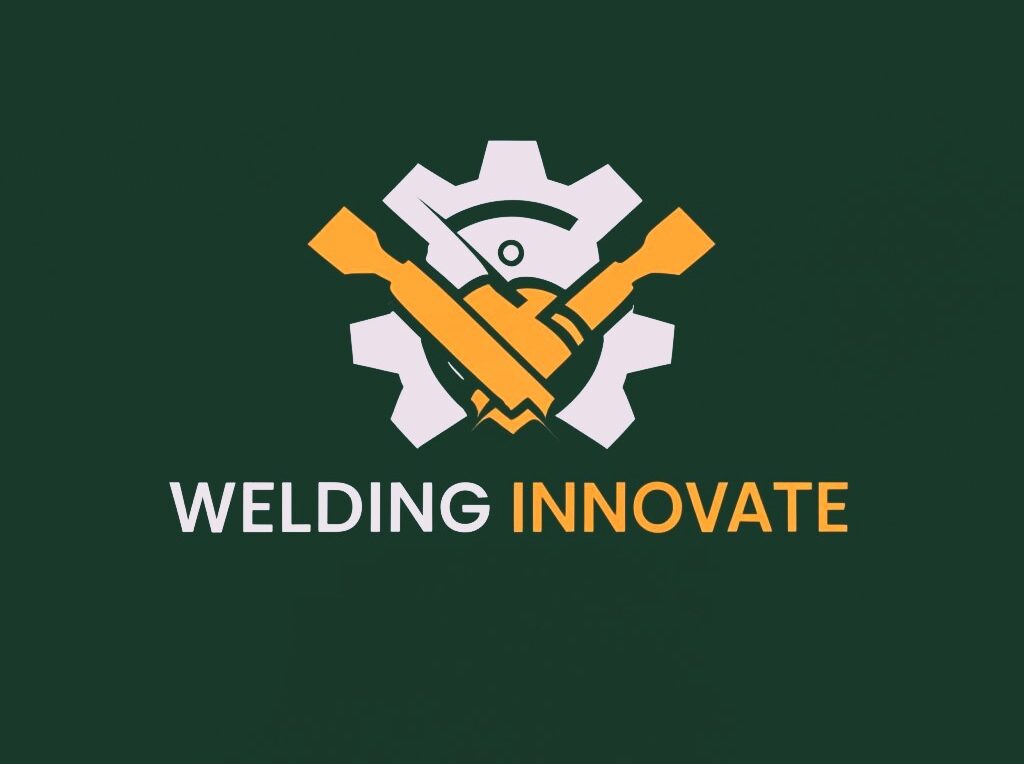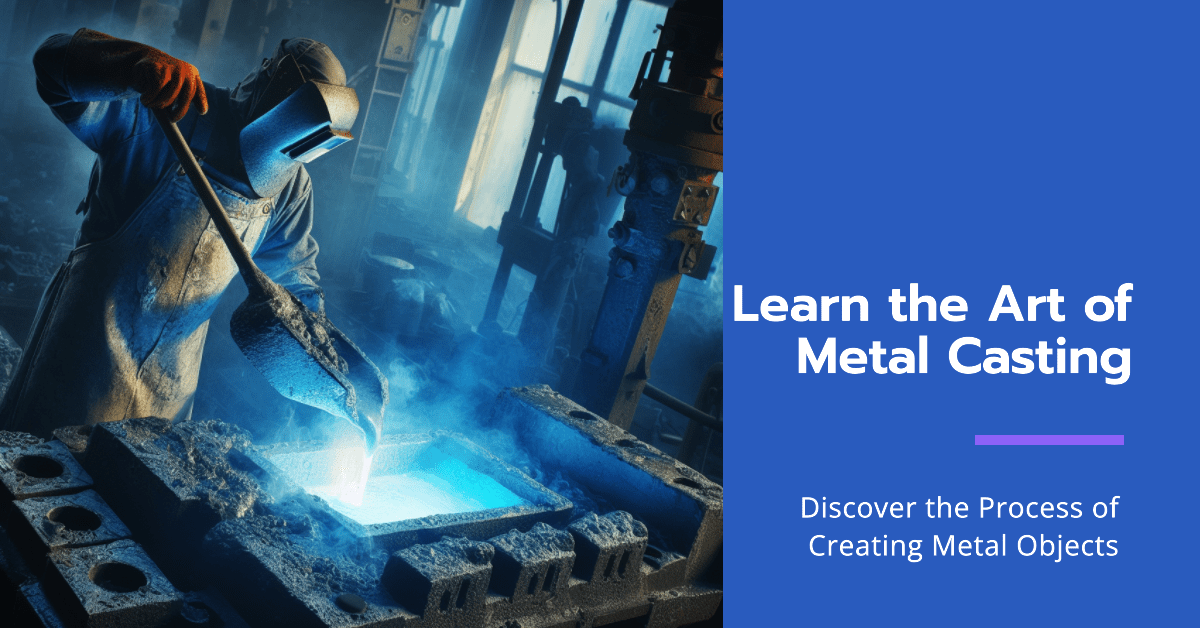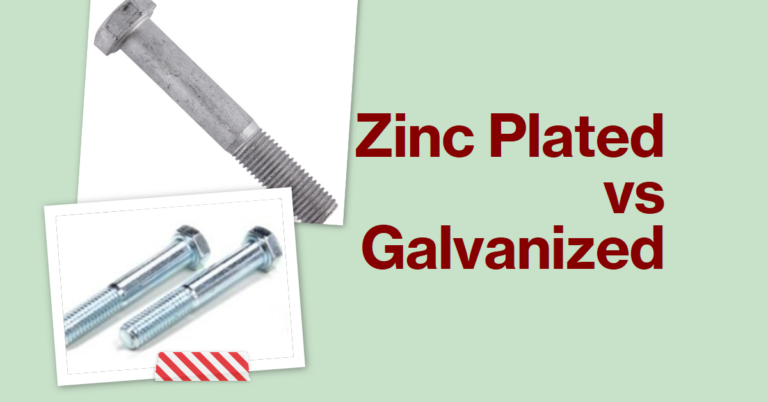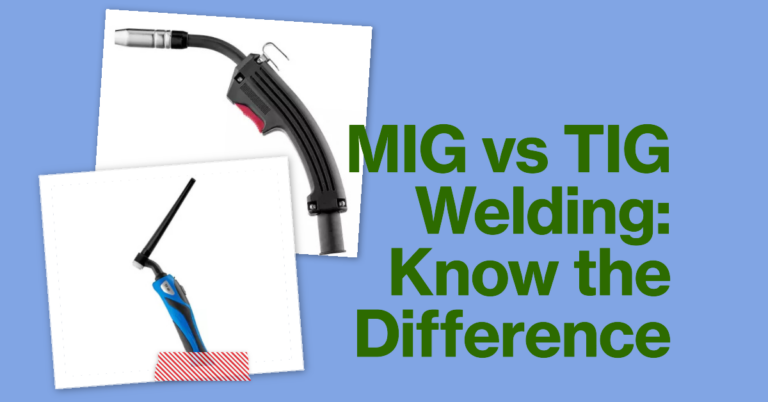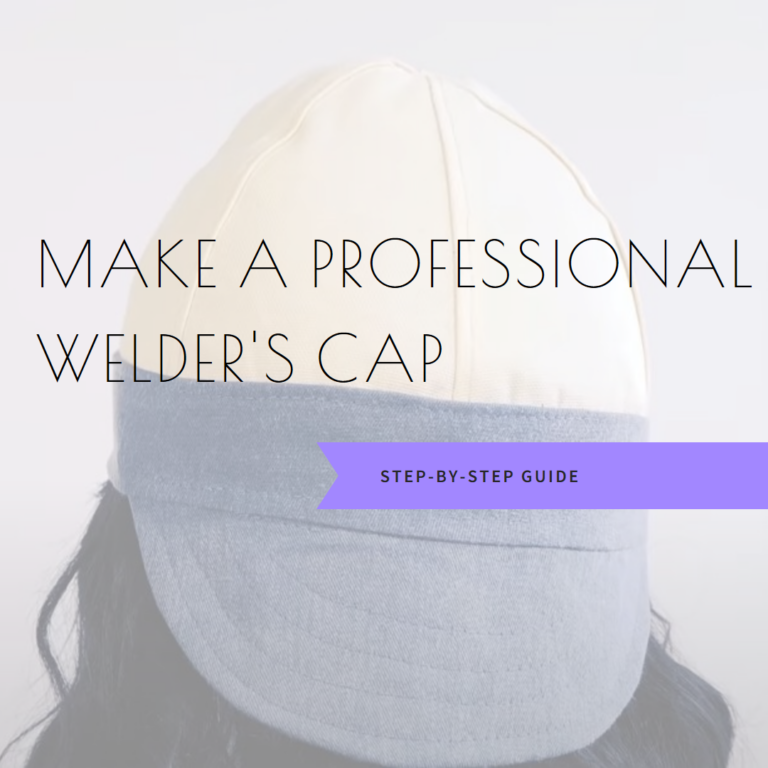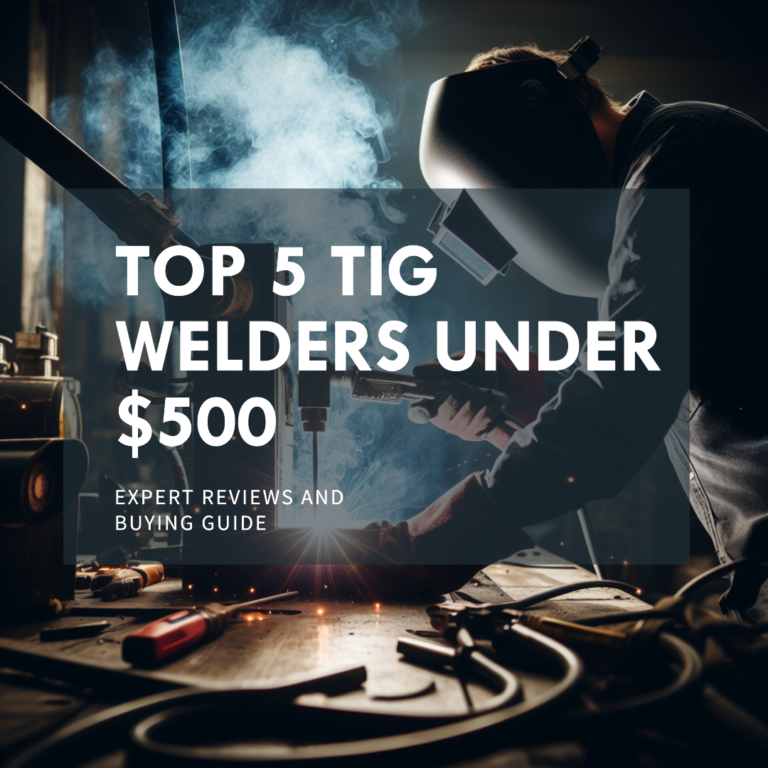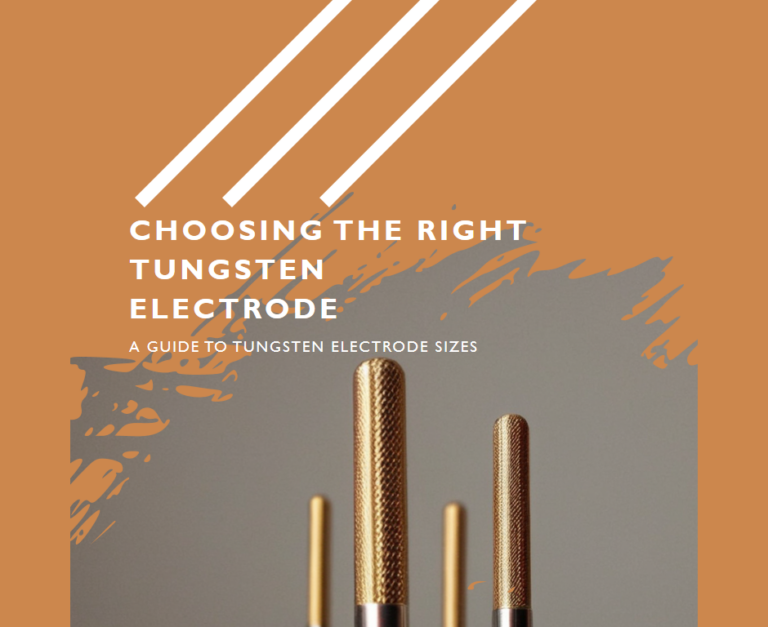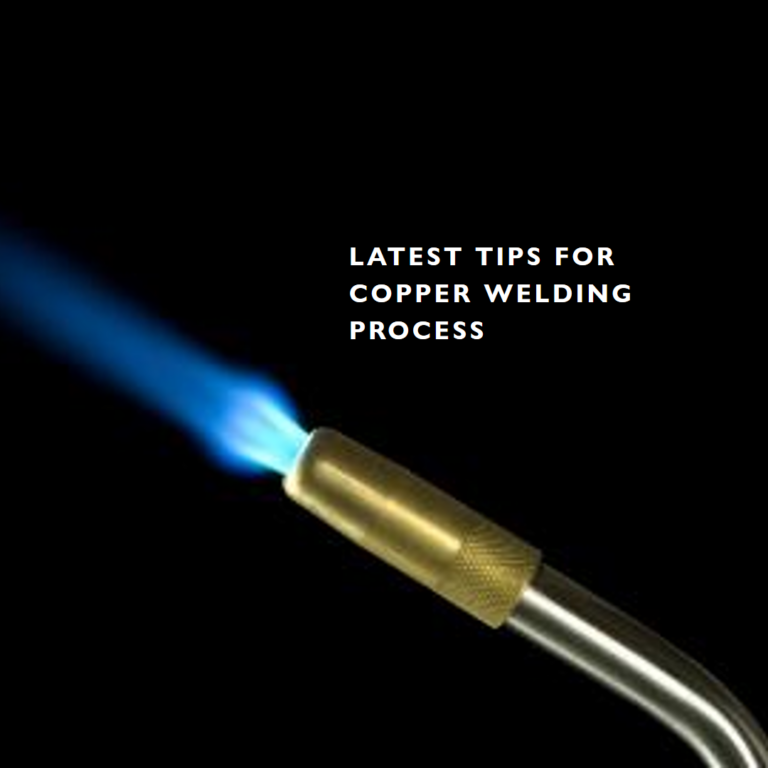Disclaimer: We support our readers with industry knowledge & research. You support us through our carefully chosen products with links that may earn us a commission.
Casting refers to the process of introducing a liquid into a mold and allowing it to solidify inside the mold. Then, the material can be removed from the mold to create a part or object.
Casting is used to create one or more copies from an original piece (sculptural) of artwork. Casting is used extensively in automobile manufacturing, including the casting of engine blocks and cylinder heads or the vacuum-forming plastics process.
This is especially true when it involves molten metals…
Casting can be used to make hot, liquid metals and meltable plastics (called thermoplastics) or other materials that cool set after mixing components like certain plastic resins
(e.g. Epoxy, water-setting materials like concrete and plaster, as well as materials that are liquid or paste when they become moist, such as clay. Once the mold is dry enough to be firm, it’s removed from the mold and dried in a kiln.
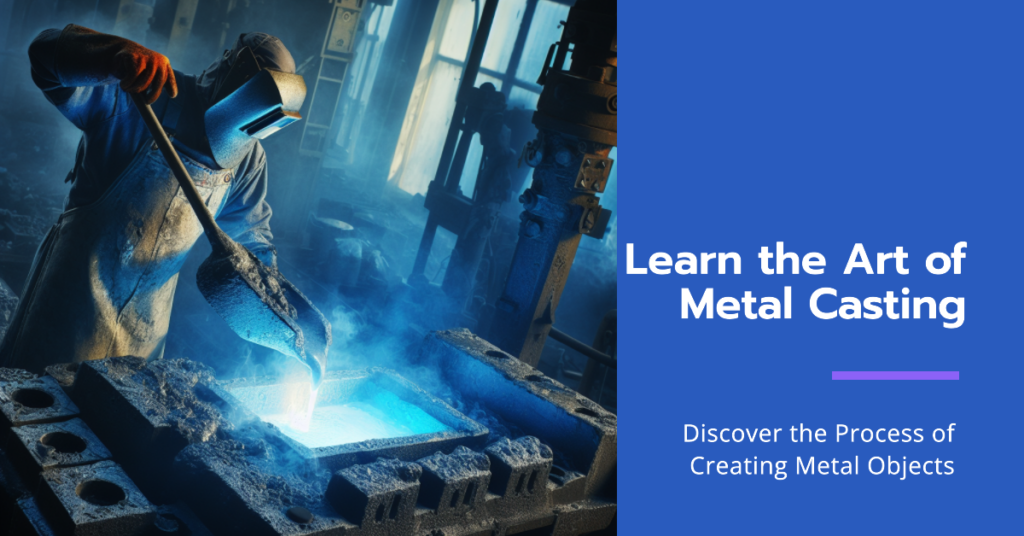
When deciding whether to use other techniques instead of casting, substitution is an important factor. There are many alternatives to casting, including parts that can either be stamped on a punch press, deep-drawn or extruded, parts that can also be cold-bending or extruded, and parts made from highly active metals.
Metal casting can be subdivided into non-expensive and expendable mold casting.
Molds that are not recyclableCasting is a general classification that includes plastic, shell, and investment (lost-wax technique) moldings.
These require temporary molds that are non-reusable and gravity to force the molten fluid into the casting cavities. The mold is only used once.
Expendable Mold Processing
Expendable Metal Casting Processes Make Use of Temporary, Non-Returnable Casting Molds
Non-expensive mold casting is different from other expendable processes because the mold does not need to be reformed after every production cycle. There are at least four methods to use this technique: continuous, permanent, die and centrifugal.
Modern mass-production metal casting techniques can produce precise molds that look very similar to paper mache. However, they are refractory and will need to be supported during the casting process.
The higher accuracy allows for thinner castings and lighter castings. Extra metal doesn’t have to be present in order to allow for variations within the molds. These thin-mold casting techniques have been used in automotive manufacturing since the 1960s.
Many automotive components are made from aluminum. The process of die casting for properly shaped parts is much more accurate than sand casting and greatly reduces the cost of finishing and machining.
Although the cost of material and processing is higher than iron, this is one of the most effective ways to reduce vehicle weight. It is important for both fuel economy as well as acceleration performance.
Lost Foam Process
Some metal castings like automotive engine blocks were made using a sand casting process conceptually similar to that of the lost wax process. This process is known as the lost-foam process.
The pattern is made from polystyrene, and then the sand is packed around the foam to keep it in place. The heat of the metal melts the foam within the mold. This allows the metal to flow into the cavity.
The lost-foam process is more stable than traditional sand casting. This allows for greater design flexibility and less need to machine the casting.
This technique was originally developed for clay mold casting abstract art pieces. It was adopted by Saturn for commercial production in large quantities.
This process produces a lot of smoke and burnt plastic in uncontrolled ways.
Metal casting at home and supplies
Many kits are available to help hobbyists get started in metal casting at home. Ebay is a good place to start your search. There are many sellers selling kits and supplies.
Lost Wax Casting
Lost Wax metal casting is an ancient process that is still widely used today. Although the process is different from one foundry to another, these are the main steps used in casting small bronze sculptures at a modern bronze foundry.
Sculpting An artist creates original artwork using wax, clay, and other materials. Because they retain their softness, wax and oil-based clay are preferred.
Mold Making
A mold is created from the original sculpture. Molds usually come in two pieces. A shim with keys is placed between each half of the mold during construction to ensure that it can be assembled correctly. Small sculpture molds are usually made of plaster.
However, they can also be made from fiberglass or other materials. An inner mold, made of latex or vinyl and supported by the plaster portion of the mold, is often used. The plaster mold is usually made from plaster.
Because the originals are strong and cannot bend when the plaster mold is removed, this is why they are often cut from the original and then molded separately. Many molds may be required to recreate a large original, such as a life-sized sculpture.
Wax
Once the plaster and latex molds are complete, pour molten wax into them and swirl around until a uniform coating is applied. This is usually approximately 1/4 inch thick. This can be done in multiple layers.
The mold is taken out of its wax. Although the mold can be reused by the artist to make additional wax copies, the mold’s wear and tear limit its number. A common number of copies for small bronze artworks is 25.
Chasing
Each hollow wax copy must be “chased”. A heated metal tool is used for scraping away any marks that show the “parting lines” or flashing where the mold pieces came together.
Wax pieces can be heated and attached to each other; foundries use “registration marks”, which are used by many companies to identify where they belong.
Sprucing
After the wax copy has been re-created exactly like the original artwork, it will be “pruned” using a tree-like structure of wax. This will allow the molten bronze to flow. The meticulously planned spring begins at the top with a wax cap, which is attached to the wax copy by wax cylinders.
Slurry
A “sprued wax copy” is dipped in a ceramic slurry and then into a mixture containing powdered clay, sand. The piece is left to dry and then the process continues until it is a minimum of a half-inch thick.
The cup’s interior is left uncoated. The cup’s flat top acts as the base on which the piece will stand during this process.
Burnout
The ceramic-coated piece goes cup-down in the kiln. It heats up and hardens the ceramic coatings to a shell.
After that, the wax melts. Although the melted wax can often be reused, it can also be combusted during the burnout process.
The only thing that is left of the original artwork inside the ceramic shell is the negative space. The cup, vent tubes, and feeder are also now hollow.
Testing
After the ceramic shell has cooled, it is checked to make sure that water flows through the feeder and vent tubes.
Leakages or cracks can be repaired with thick ceramic paste. You can drill holes into the shell to check the thickness. Then, patch the hole.
Pouring
After the shell has hardened in the kiln, it is placed cup-upwards in a tub of sand. The shell is filled with bronze by melting it in a crucible in the furnace. The shell would be shattered if it was not heated. Allow the bronze-filled shells to cool.
Release – The shell is hammered away or sand-blasted to release the rough bronze. To reuse the spring in another casting, they are also faithfully reproduced in metal.
Metal-chasing
The bronze copies of the wax replicas are “chased” in the same way that the original artwork was. They are then worked until they no longer show any signs of casting and look just like the original.
The molten bronze pits are filled with air bubbles, and the stubs from spruing are filed down and polished.
Patinating – The bronze is colorized according to the artist’s choice using chemicals that are applied to cooled or heated metal. This color is known as patina.
It is often green, brownish, white, or black to mimic the surface of bronze sculptures. (Patinas are the result of oxidation and other environmental effects that bronzes have had for many years.
Many artists prefer brighter bronzes that are more paint-like. They are less opaque than paint and allow the metal’s luster to shine through.
To protect the surface, a wax coating is often applied after the patina has been applied. The wax layer helps to slow down the oxidation process that can cause patinas to change in color.
Mold for Lost-Wax Process (right) and Bronze Sculpture Made with Mold (left).
David Ascalon sculpture
Any material that can melt, burn, or evaporate can be used in the lost-wax casting process. To make engine blocks, some automobile manufacturers employ a lost foam technique.
This case’s model is made from polystyrene, and then it is placed in a casting flask that includes a drag and a cope. The flask is then filled with casting sand.
The foam supports the sand and allows for shapes that would not have been possible if it was dependent on the sand to hold its form.
The metal is then poured into the mold. As the metal enters, the heat from the metal vaporizes any foam. The pouring of Molten Bronze into sculpture molds
Sand casting
Sand-casting is used primarily for creating flat relief-like sculptures. Sand-casting is a common use of aluminum.
It all begins with a tub of sand. The sand is first wetted and then an object or a sculptor is used to press the object into the sand. The depression is filled with molten aluminum and allowed to cool.
The artist can then choose to keep refining the object, “chasing” it, or leave it with its roughened surface which is typical of sand-cast items.
Sand casting is used in manufacturing to create rough metal castings. These castings are then refined using one or more of the following processes:
- Machining
- Machine grinding
- Rough grinding
- Plating
- Forging
- Polishing
- Shot peening
- Hammer peening
Castings of sand are easily recognized by the mold’s sand-like texture.
Because of imperfections in the mold-making process, the accuracy of the casting will be limited. This means that extra material must be removed by grinding or machine.
Patterns
A pattern maker is a craftsperson who creates a master from the design provided by an engineer.
The metal that is to be cast will shrink slightly between when it solidifies and when it cools, so the master should be slightly larger than the final product.
The pattern maker will use a shrink Rule to simplify the process of making the pattern. The pattern also includes additional paths for metal entry–the sprue and exiting gas–the riser.
Molding and Box Materials
To receive the pattern, a multi-part molding container (also known as a casting flask or the cope and drag), is required.
Molding boxes can be made in sections that may be latched together or to the end. The lower part of the box will be used to fill a flat object with prepared casting sand.
The sand is then packed in using a vibratory process called “ramming” and periodically screeded to level. A sizing compound can be used to stabilize the sand’s surface. A pattern is then placed on the sand. The pattern is then covered with additional sand.
The cover is then placed over the box. You can add more sizing and correct any errors caused by the removal of the design. Close the box again. This creates a “green mold” that must be dried in order to receive the hot metal.
Molds that are not dried properly can explode and throw molten metal around. Some cases allow casting to be made without the need for drying. Chemical binders such as furane resins and amine-hardened sands can also bond sand.
Chills
It is possible to place metal plates (chills) into the mold if the desired iron or steel casting is in a hardened, ductile state.
These locations will produce a harder, finer-grained metal due to the rapid cooling. A chilling core makes the engine cylinder’s inner diameter harder.
Cores
To create cavities in the casting, such as liquid cooling in engine blocks or cylinder heads, negative forms are used to make cores.
Cores are usually sand-molded and are then inserted into the casting container after removing the pattern. Due to the extra set-up time and higher cost, designs should be avoided whenever possible. Sand Mold Metal Castings: Aluminum (left), and Bronze (right).
Once the mold has been completed, the box containing sand is placed in a container for filling with molten steel.
- Zinc
- Tin
- Lead
- Pot metal alloys
- Aluminum alloy
- Brass
- Bronze
- Steel
- Iron
Once the liquid metal has been filled, the box should be left to cool down before it can be used.
The sand is removed, leaving roughcast that may, in the instance of iron or steel be glowing red.
Casting with heavy metals such as iron or lead is difficult because they are much heavier than the casting medium. This causes the casting to fail by pushing the sand out of its proper shape.
Core box with the resulting scores (reinforced using wire). The resulting scores are below. Left pattern (used in conjunction with core) and casting below (the wires come from the core).
The cores of the casting are then broken down by rods or shots. The rough casting is then used to remove the metal from the risers and sprue.
You can use heat treatments to alleviate stresses caused by initial cooling or to increase hardness (in the case of steel and iron) by quenching in oil or water.
Surface compression treatment, such as shot peening, can be used to strengthen the casting. This adds strength and resistance to tensile cracking.
Design Requirements
It is important that the part and the pattern are designed to fit each stage of the process. The mold sand must not be disturbed during removal.
Cores must also be received and positioned in the right places. To remove the mold’s pattern, a slight taper (also known as a draft) must be applied to surfaces that are perpendicular to its parting line. This applies to cores as well, since they must be removed in the core box in their form.
To avoid incomplete casting, the sprue or risers should be set up to allow proper metal and gasses to flow within the mold.
If a piece or mold of core gets lost, it could be embedded in the final casting. This would cause a Sand Pit and render the casting unusable.
Internal voids can be caused by gas pockets. These voids can be visible immediately or after extensive machining. Non-destructive testing may be used for critical applications or when the risk of wasting effort is significant.
Decorative Use of Patterns
Some people have begun to collect old wood patterns that were once used for making molds for casting machine parts.
Casting Cuttlefish
Cuttlefish casting with cuttlebone is a traditional method for casting small objects. It is used by silversmiths and jewelers to create copies from metal originals. Although the cuttlebone’s fine grain gives a good definition, it also imparts a distinctive surface texture to the cast.
Plaster casting
Plaster casting is very similar to sand molds, except that plaster is used in place of sand. Plaster compound is made up of 70-80% Gypsum, 20-30% stronger, and water.
The form is generally ready in less than a week. After that, a production rate between 1-10 units/hr mold can be achieved. This machine can pour items up to 45 kg or as small as 30 grams with extremely high surface resolution and very fine tolerances.
Normal plaster can’t be easily recast once it has been used and cracked. Plaster casting is used for nonferrous metals like:
- Copper-based alloys
- Zinc
- Aluminum
Because of the slow reaction between sulfur in gypsum and iron, it cannot be used for casting ferrous materials.
To prevent mold from sticking to the pattern, a thin layer of parting compound is applied to the pattern before it is ready for mold preparation.
Shake the unit to ensure plaster covers the small cracks around the pattern. After the plaster has set, it is time to remove the form. Plaster casting is a higher level of sophistication and requires a specialized skill.
While robots can easily perform automatic functions, higher-precision patterns require more human attention.
Shell Molding
Shell molding is similar to the sand mold metal casting process, except that it uses a mixture between sand and 3-6% epoxy to hold the grains together.
After weeks of preparation and production, a shell mold pattern can be produced. The output is approximately 5-50 pieces per hour.
Aluminum and magnesium products weigh about 13.5kg as a norm, but it’s possible to cast items between 45-90 kg. Shell mold walls can vary in thickness from 3-10mm depending on the time taken to form the resin.
There are 12 stages to shell mold metal casting process that include:
- First, prepare a metal-matched plat
- Mixing resin with sand
- Heating pattern: Usually between 505 and 550 K
- Inverting the pattern: The sand is on one side of the box, the pattern is on the other. The time that the box is inverted is determined by how thick the mill is.
- Baking and curing shells
- Investments being retracted
- Inserting cores
- You can do the same for the other half.
- Assembling the mold
- Molding
- Casting removal
- Clean up and trimming.
- You can recycle the sand-resin mixture by burning it at high temperatures.
Investment casting
Investment casting (lost wax process) produces a highly detailed product with exceptional metallurgical properties.
Investment casting also uses polystyrene foam
A variable lead time of usually weeks can allow for the production of 1-1000 pieces per hour-mold in the mass range of 2.3 to 2.7 kg. Unit production is possible for items up to 45kg and as light as 30g.
First, create an injection die according to your specifications. This die is used to inject wax into the desired patterns for investment casting.
Attach the patterns to a central wax stripe and you have an assembly. The fill cup is where the molten steel will be poured into an assembly.
Depending on the desired shell thickness, the wax assembly can now be dipped in a ceramic solution. Each ceramic layer is then covered with a layer of fine sand, usually zircon. The process is repeated until you achieve the desired shell.
Once the shell has been created according to your specifications, you must remove the wax. This is usually done using an autoclave.
This is why the “lost wax process” name was created. This creates an impression of the castings that will be used to fill them with metal. To ensure that the shells do not crack during casting, they must first be heated in a furnace.
The desired metal is then poured into the ceramic shell. Each part of the assembly is filled with metal, as well as the fill cup and central sprue cavity. After the mold cools, the shell will be removed.
Water-blasting is the most common method of removing the shell, but there are other methods. The cast metal parts are what remains, but they remain attached to the sprue.
Cold-break is used to remove individual parts. This involves dipping the parts in liquid nitrogen and then breaking them off with a hammer and/or chisel.
Finalize the job. The gate (or the area where the part was attached to the sprue) must first be removed. The gate must be removed and ground to the part specifications.
The parts are also checked to ensure they are cast correctly and are repaired or scrapped if necessary. Depending on the specifications and investment casting facility, additional finishing work can either be done on-site or sub-contracted.
High-quality investment casting produces high-quality products from all metals. It is used to make very high-temperature metals.
Permanent mold casting
Permanent mold casting, which is most commonly used for non-ferrous materials, requires several weeks of preparation. After that, production rates of 5-50 pieces/hr are achieved.
The upper limit for iron alloy items is 9 kg (cf., up 135 kg for many parts non-ferrous), and the lower limit of about 0.01 kg.
Before processing, steel cavities are coated with refractory washing of acetylene soap. This allows for easy removal and prolongs tool life.
The life expectancy of permanent molds varies depending upon how they are maintained. After which, they will need to be refinished or replaced.
Cast parts made from permanent molds show a 20% increase in tensile strengths and a 30% increase in elongation, compared to sand casting.
Only the regular application of the coating is required. Permanent mold casting is commonly used to form iron-, aluminum, magnesium- and copper-based alloys. This process can be automated.
Metal die-Casting
For die-casting, molten steel casting is injected at high pressures into a mold. The average production rate of 20-200 pieces an hour is achieved by dies.
Maximum weight limits for aluminum, magnesium, and zinc parts are approximately 4.5, 18 and 45 kilograms, respectively. However, larger machines exist; the lower limit is 30 grams in all cases.
The die injection machines are usually large (3 x 8 m) with high pressures of 100 megapascals (1000 kgf/cm2) or higher. Aluminum is typically processed at lower pressures.
One mold can produce over 500,000 castings if it is well designed. Although dies are expensive, it is possible to make significant cost savings by casting components.
The construction is the main production step. This usually involves a steel alloy that requires a lot of skill and fine tooling.
Most non-ferrous materials, including aluminum, zinc, and magnesium, are die-cast. This is how certain toys are made, such as model cars.
Centrifugal Casting
Because centrifugal casting creates its own force feed using temporary sand molds, it is gravity- and pressure-independent. It spins in a spinning chamber at 90 g (900m/s2).
The application will determine the lead time. Semi- and true centrifugal processing allows for 30-50 pieces per hour mold production, with a practical batch limit of approximately 9000kg total mass and a typical per-item limit between 2.3-4.5 kg.
The industrial application of the Krupp method for centrifugal casting railway wheels was a very early one. This enabled rapid growth.
This method uses the lost wax process to cast small art pieces like jewelry. The forces allow the viscous liquid metals to flow through tiny passages and into fine details, such as leaves and petals.
This is similar to vacuum casting and can also be used for jewelry casting.
Continuous Casting
Continuous metal casting refers to a refined casting process that allows for the continuous production of high-volume metal sections with a constant cross-section.
Molten metal is poured into a water-cooled copper mold that can be opened at any time. This allows for skin of solid metal to form on top of the liquid center.
The strand is taken out of the mold and placed in a chamber with water sprays and rollers. The rollers support the thin skin while the sprays remove heat and solidify the strand from the outside in.
Predetermined lengths of the Strand are cut by mechanical shears, traveling oxyacetylene torchers, and then transferred to another forming processor to a stockpile.
The sizes of casts can vary from strips (a few millimeters thick and about five meters wide), to billets (90-160 mm square) or slabs (1.25m wide by 230mm thick). Sometimes the strand will be hot rolled before being cut.
Continuous casting is a better way to produce a product of higher quality. It allows for finer control over the process and also offers the obvious benefits of continuous forming.
Continuously cast metals like aluminum, copper, and steel are continuous cast. Steel is the most poured material.
The Cooling Rate
The temperature at which a casting cools can affect its microstructure, quality, and properties.
Sand casting and slurry mold products, which are often large with thick walls, cool down slowly. This reduces the grain size of the metal, which creates a microstructure that decreases the casting’s strength.
The casting can be weakened if the grains are too coarse. This is because elements of an alloy can separate from each other.
Slower cooling allows the casting metal to cool more slowly, which allows for more gases and waste metals to escape. This reduces the possibility of castings becoming voids or weakening.
However, die-casting and metal mold products cool faster, which results in finer microstructures with smaller grains and less alloy segregation, but more trapped gases, and inclusions.
According to the Pillings Bedworth Ratio, however, strength is proportional to its grain size in inverse proportion.
If die-cast products are made using de-gassing techniques during molten-metal preparation, they may be stronger than equivalent sand castings.
Shrinkage
Metal is, like most materials, less dense than a liquid. Castings shrink as they cool — mostly because it solidifies but also as the temperature of solid material drops. Two ways to compensate for these natural phenomena are available.
Volumetric shrinkage
Solidification can cause shrinkage, which can lead to cavities in the casting and weaken it.
As the casting solidifies, the riser adds material. The riser, also known as a “feeder”, is intended to solidify earlier than the casting it is attached to.
The liquid metal from the riser will be able to flow into the solidifying cast and feed it until it is fully solidified. The riser will contain a cavity that shows the metal that was fed. Risers can increase costs as some of the material must be removed.
This is done by cutting off the casting that will be shipped to customers. Risers are necessary in order to make parts without internal shrinkage.
Sometimes, directional shrinkage can be promoted. The mold must contain chills. Any material that conducts heat faster than the material used to mold is called a chill.
If silica sand is being used to mold, a chill can be made from copper, iron, and aluminum. It may also contain graphite, zircon, zircon, zircon, chromite, or any other material that can remove heat more quickly from the casting. Castings are solidified with progressive solidification.
However, in certain designs, a chill may be used to regulate the rate and order of solidification.
Linear shrinkage
An oversized pattern can be used to reduce shrinkage caused by solidification. Special “shrink rulers”, used by pattern makers, are used to create patterns for castings at the required size.
These rulers can be 2-6 % larger depending on the material being cast. This ruler will guarantee a large pattern when you are pattern-making.
The mold will also be larger because the molten steel will shrink when it solidifies, so the casting will be as large as the design requires.
You can check our website for the Best TIG Welders for the Money.
